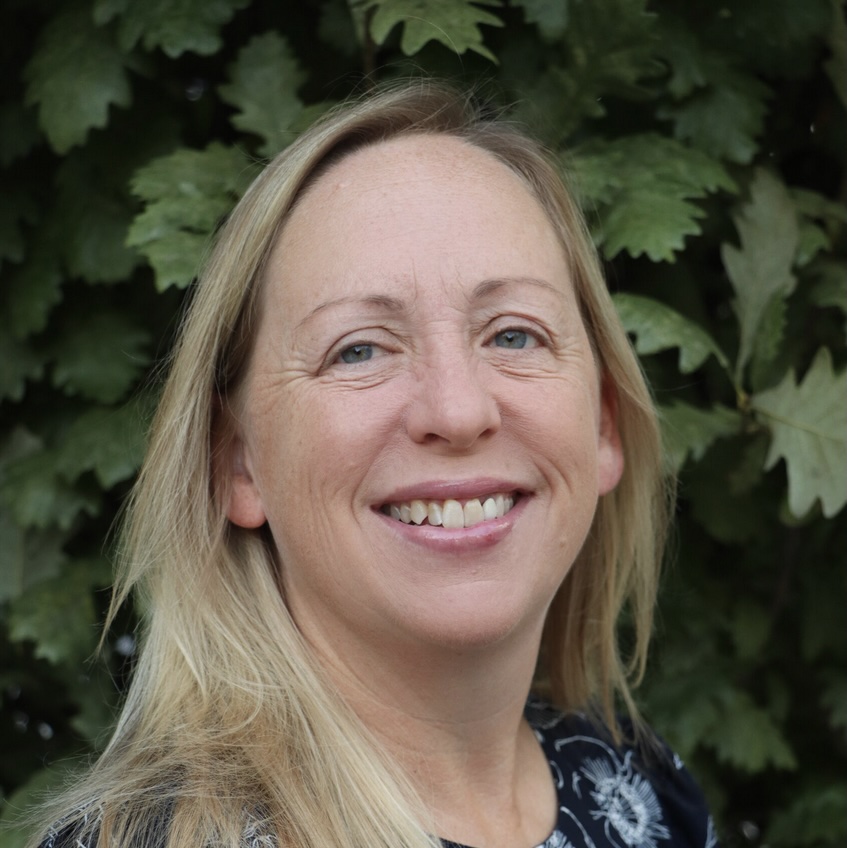There’s hardly a conversation that happens in healthcare without mention of Artificial Intelligence, and for good reason. Through capabilities like computer vision, ambient listening, and virtual nursing, AI holds a great deal of power, according to Matt Sullivan, MD.
“How we apply that power,” he believes, is “the secret sauce to making healthcare better, making our teams more efficient, and making people feel that it’s the best care we can deliver.”
At Advocate Health, where he serves as CMIO, advanced AI is being utilized for myriad functions, including monitoring patients and watching disease progression.
And that’s just the beginning.
During a recent 229 Podcast interview, Sullivan spoke about the challenges with scaling technology across an expansive system, the keys to obtaining buy-in, and the importance of knowing how to say ‘no’ the right way.

Matt Sullivan, MD
Like many healthcare organizations, Advocate has grown significantly in recent years through mergers and acquisitions, which means “a ton of our time is spent trying to figure out how to scale,” Sullivan noted.
It’s not just about consolidating multiple entities in an economically sustainable way – one that enables them to save on supply chain and contracting costs. It’s also about merging cultures that may share the same values but have different tactical approaches. For leaders, the question becomes, “What do you keep from one versus the other, and how do you bring them together so that the marriage of the two is effective?” he asked.
The answer? Positioning it as “a singular organization with a singular focus,” according to Sullivan, and making sure it comes from the top. “Our senior leadership has said, ‘these are the strategic drivers for Advocate Health. We’re not a holding company of disparate hospitals that do their own thing.”
That transition, of course, is never easy, particularly when it comes to executing on different strategic objectives, he noted. “But when you have that direction, it links everyone together and you can start to have those conversations and rewire ourselves in a way that helps drive outcomes.”
One of the key advantages of having that scale is the ability to invest in innovative tools like computer vision to monitor patients around the clock. And while some might prefer having a human being present, there simply aren’t enough nurses to accommodate every patient. With Artisight’s platform detecting movements and documenting them, it alleviates some of the pressure on nurses and caregivers, while still ensuring patients are cared for, he said.
“It’s the idea that someone else is watching that has knowledge of what should and shouldn’t be happening,” Sullivan noted. If that’s the case, a nurse is immediately notified, which has proven more effective than relying on a call button. “This is a much better situation. That’s why I’m so bullish,” he said. “Having that continued expertise at the bedside drives people to better outcomes. If we can embed that in every patient’s care across a large system, we really can change the game.”
And that’s just one avenue. Advocate is also leveraging Aidoc’s aiOS platform to embed AI algorithms into clinical imaging workflows, and has deployed Microsoft’s DAX to improve clinical documentation. “We’re starting to see that inflection point where the outcomes are getting better,” he said.
A critical factor in that, according to Sullivan, is the deliberate strategy Advocate has adopted when it comes to AI – not an easy feat when users (and sometimes executives) are clamoring for it. With so many solutions saturating the market, he believes it’s more important than ever for leaders to push back, in a respectful way.
“You have to be willing to say, ‘we haven’t looked at this one yet, and we’re not going to. Here’s why,’” he noted. “You need to be able to manage those conversations.” And that means clearly explaining why a solution isn’t the right fit, rather than just saying no. What also goes a long way? Taking the time to “have a few quick conversations to make sure everyone is in the same place,” he added. “Go back to that senior medical leader and say, ‘I will look at this if you want me to, but here are the reasons why I think it will be difficult for this to succeed in our environment. Tell me where I’m wrong.”
That healthy debate, according to Sullivan, will become increasingly vital as AI solutions take on a larger role in the delivery of care. “We want to get it to the point where nurses can walk around and do the things that bring you joy, and you aren’t constantly documenting on a device.”
And that, to his team, is truly the “secret sauce.”


Questions about the Podcast?
Contact us with any questions, requests, or comments about the show. We love hearing your feedback.

© Copyright 2024 Health Lyrics All rights reserved